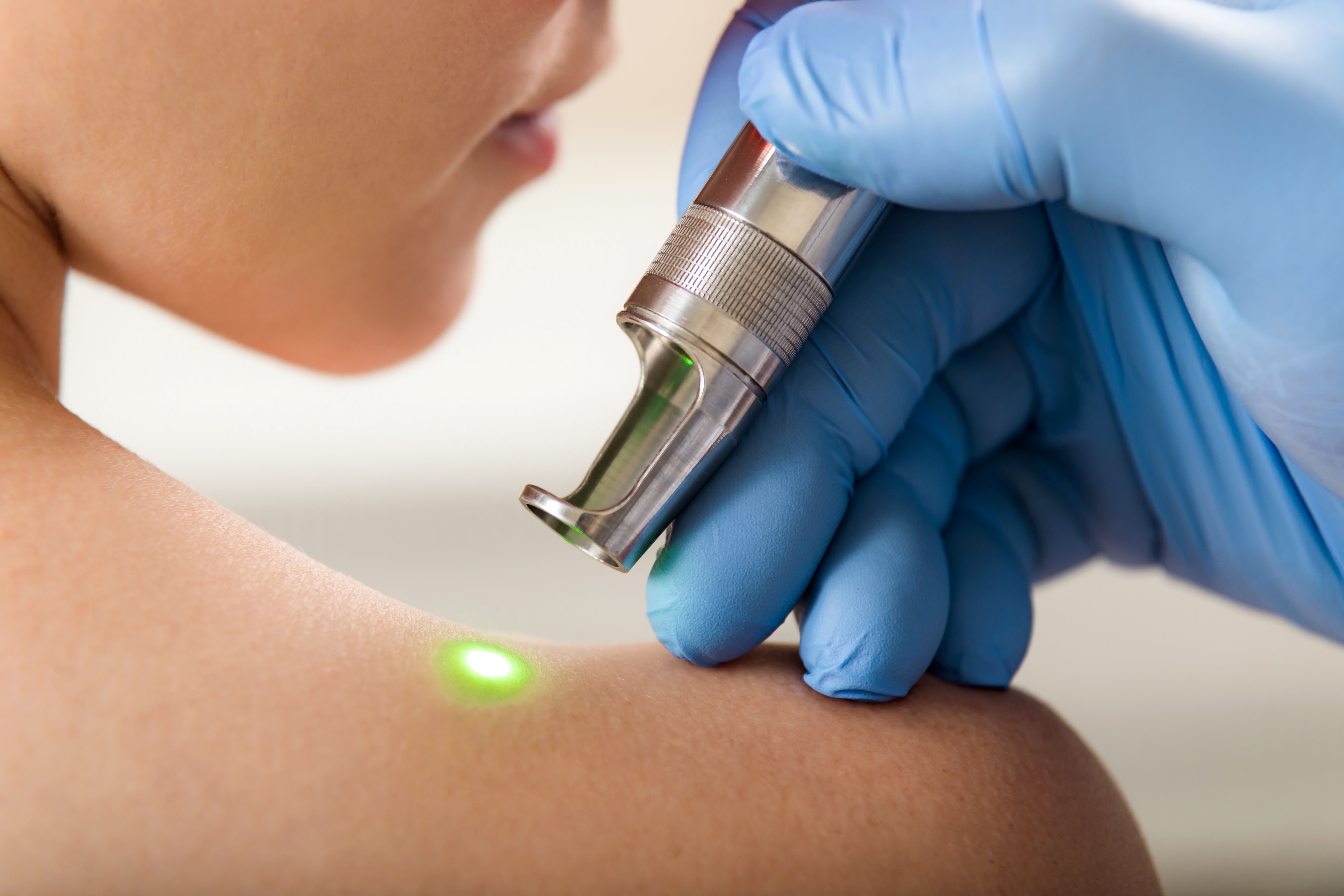- Case-Based Roundtable
- General Dermatology
- Eczema
- Chronic Hand Eczema
- Alopecia
- Aesthetics
- Vitiligo
- COVID-19
- Actinic Keratosis
- Precision Medicine and Biologics
- Rare Disease
- Wound Care
- Rosacea
- Psoriasis
- Psoriatic Arthritis
- Atopic Dermatitis
- Melasma
- NP and PA
- Skin Cancer
- Hidradenitis Suppurativa
- Drug Watch
- Pigmentary Disorders
- Acne
- Pediatric Dermatology
- Practice Management
- Prurigo Nodularis
- Buy-and-Bill
News
Article
Anti-Wrinkle Cream Containing Horsetail and Soybean is Stable and Efficacious
Author(s):
Key Takeaways
- A topical cream with Equisetum arvense and soybean extracts reduced forehead wrinkles in an 8-week trial with 15 female participants aged 35-55.
- The cream maintained stability over six months, with no significant changes in color, odor, pH, or microbiological count.
93.4% of patients saw a positive change in the appearance of forehead wrinkles after 8 weeks of use.
Image Credit: © Vadym - stock.adobe.com

A novel topical cream containing Equisetum arvense (horsetail plant) and soybean extracts was found to be durable and effective in diminishing forehead wrinkles.1 Investigators determined the product’s anti-aging effects through a prospective 8-week clinical trial and in vivo evaluation for 6 months.
The non-comparative pilot study (IRCT20190917044799N1) took place at the dermatological clinic of Sina Hospital. It involved 15 healthy female patients between the ages of 35 and 55. The median age was 47. A majority of participants had a skin phenotype score between 7 and 12 based on a Fitzpatrick wrinkle grading scale (FWS). This was an exhibition of visible wrinkles with slight or clear indentations. Individuals who had been treated with injectable fillers, chemical peeling, laser therapy, or any other anti-aging treatments during the past year were ineligible.
The hydroalcoholic powder extract of each plant (2 g) was combined with ethanol (14 mL), water (6 mL), Eucerin (15 g), methyl paraben (0.2%), propyl paraben (0.02%), and a cream base. Participants were asked to apply a single unit of the product once daily to the forehead for 8 weeks. Clinical images were taken at baseline and at the conclusion of the trial.
A modified 4-point FWS was used by researchers. In this case, a score of 1 indicated less than 25% improvement while a score of 4 represented more than 75% improvement. Participants were also asked to rate their satisfaction on a 5-point Likert scale, with 0 equating to worse appearance and 4 showing great improvement.
Additionally, formulation stability was evaluated through accelerated temperature and humidity tests (40°C ± 2°C/75% ± 5% R) for 6 months. Analysis of color, odor, homogeneity, pH, viscosity, density, and microbiological evaluations was performed at months 0, 1, 2, 4, and 6.
Overall, there were no statistically significant changes in color, odor, pH, homogeneity, viscosity, or microbiological count over 6 months. Its uniform texture with a brown hue stayed consistent. At month 6, the product had a pH of 6.7 with a density of 0.992g/cm3 and a viscosity of 1576 cP. Additionally, the preservation activity of the parabens was effective.
The average FWS decreased from 8.7 ± 1.3 to 6.1 ± 1.8 (p < 0.005). Nearly all patients (93.4%) saw a positive change in the appearance of forehead wrinkles, labeling the improvement as either “fair” or “good.” Only 6.6% reported no change after 8 weeks.
Mild to moderate adverse reactions such as itching and irritation were reported in 5 patients. None of them discontinued the treatment due to these. Additionally, no redness, burning, or peeling was observed.
Because the trial was not a split-face study, the ability to directly compare the effects of the cream on distinct areas of the skin may be limited. Additionally, the images were not analyzed digitally to record any qualitative changes in skin texture and wrinkle appearance.
Horsetail contains vitamin C, vitamin E, silica, saponin, zinc, and copper. Its ability to prevent the breakdown of hyaluronic acid aids in promoting development, growth, and tissue repair.2 Furthermore, the antioxidant properties of the isoflavones and vitamin E found in soybeans support hydration, boost collagen production, and enhance the elasticity of the skin.3 Future research is needed to confirm the underlying mechanisms of this formulation and completely evaluate its effectiveness.
“The application of this cream on a daily basis was not only risk-free, but it also provides effective renewal of facial skin by decreasing the visible signs of aging,” the authors wrote.
References
1. Nojomi S, Soltanmohammadi F, Azimi Alamdari H, Hamedyazdan S, Mahmoudi Gharehbaba A, Javadzadeh Y. Preparation and Evaluation of the Effectiveness of an Anti-Wrinkle Cream Containing Equisetum arvense and Soybean Extracts. J Cosmet Dermatol. 2025;24(1):e16734. doi:10.1111/jocd.16734
2. M. K. Huh and M.-D. Han, “Inhibitory Effect of Hyaluronidase and DPPH Radical Scavening Activity Using Extraction of Equisetum arvens,” European Journal of Advanced Research in Biological and Life Sciences 3, no. 2 (2015): 47–51.
3. Heim KE, Tagliaferro AR, Bobilya DJ. Flavonoid antioxidants: chemistry, metabolism and structure-activity relationships. J NutrBiochem. 2002;13(10):572-584. doi:10.1016/s0955-2863(02)00208-5
Newsletter
Like what you’re reading? Subscribe to Dermatology Times for weekly updates on therapies, innovations, and real-world practice tips.





